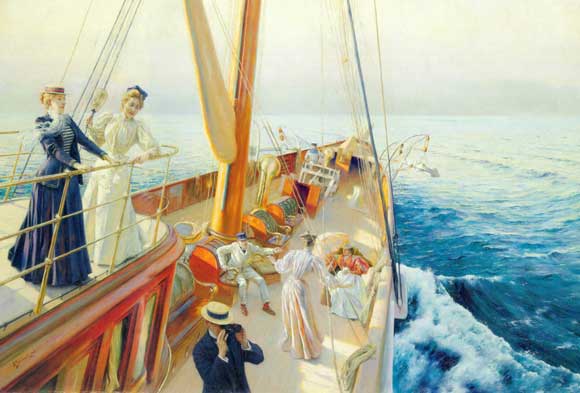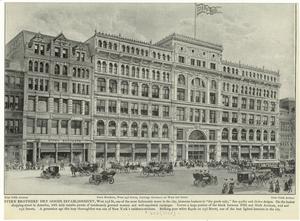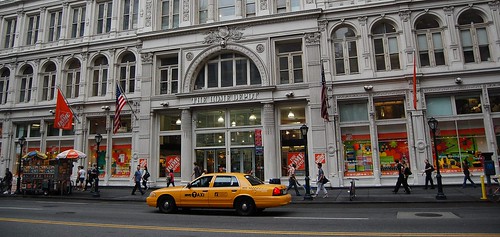Recently my boss asked me to find the first recording of a U.S. President. I thought it may have been Teddy Roosevelt, but it wasn't, and so I went backwards, finding and listening to recordings of McKinley, then Cleveland, until I got to what actually was the first recording of a U.S. President - 23rd President Benjamin Harrison, recorded in 1889. Harrison was in office from 1889-1893, nestled in between Grover Cleveland's two non-consecutive terms. He looks like he sounds.
 |
| 23rd President Benjamin Harrison sitting pretty, 1888 |
It could have stopped there, but I got lost in the wonderful audio rabbit hole that is the Library of Congress's main sound recording page. I highly recommend spending some time with the Vaudeville recordings. They are amazing, and quite distracting.
Of course, then it's "What were these early recordings made with and listened on?" When I was looking into the history of sound playing/recording devices, I noticed that two names kept popping up: Thomas Edison and German inventor Emile Berliner. At first I thought Thomas Edison pulled a fast one on Berliner, just like he did Nikola Tesla (be still my heart). You know the story. But no, Edison filed his patent (no. 200,521, issued February 18, 1878) a few years before Berliner, and no doubt got the word out and the cash flow in first as well.
 |
| Thomas Edison wearing a very plaid suit and posing with his cylinder phonograph, [1878-1880] |
Thomas Edison filed a patent for the first cylinder phonograph in 1878, and followed it up with several additional patents for modifications and improvements. Lines and grooves were scratched on the surface of a cylinder (part? object? thing?) of the phonograph, and as it moved, vibrations produced sound.
Edison had that market cornered for about ten years, until German inventor Emile Berliner came along with his gramophone in 1887. [There's a typo on the Google link to this patent, saying it was originally filed in 1837, not 1887. Huzzah?!]
 |
| Emile Berliner, so happy with his gramophone that his eyes are closed, [1910-1929] |
Berliner changed (and improved) the design by swapping the cylinder out for a disc-shaped plate, also with grooves. He experimented with a number of materials for the discs including celluloid and hard rubber. He marketed it to toy companies, and throughout the late 1880s he and Edison entered into a patent-filing war, adjusting and tweaking their respective inventions.
Berliner may have had the last laugh though. During a visit to London in 1900, he saw a painting by Mark Barraud of the artist's dog "Nipper" peering into a gramophone, called "His Master's Voice." Berliner trademarked the image and it went on to become one of the most iconic images in advertising history. Funny thing is, is that the gramophone in the painting is an Edison-Bell model. Apparently the image was first shopped to the Edison company and they turned it down.
 |
| "His Master's Voice" by Mark Barraud. Image: wikipedia |
**All photos except for "Nipper" are from LOC's digital collection.

---3.11---WEB.jpg)

































